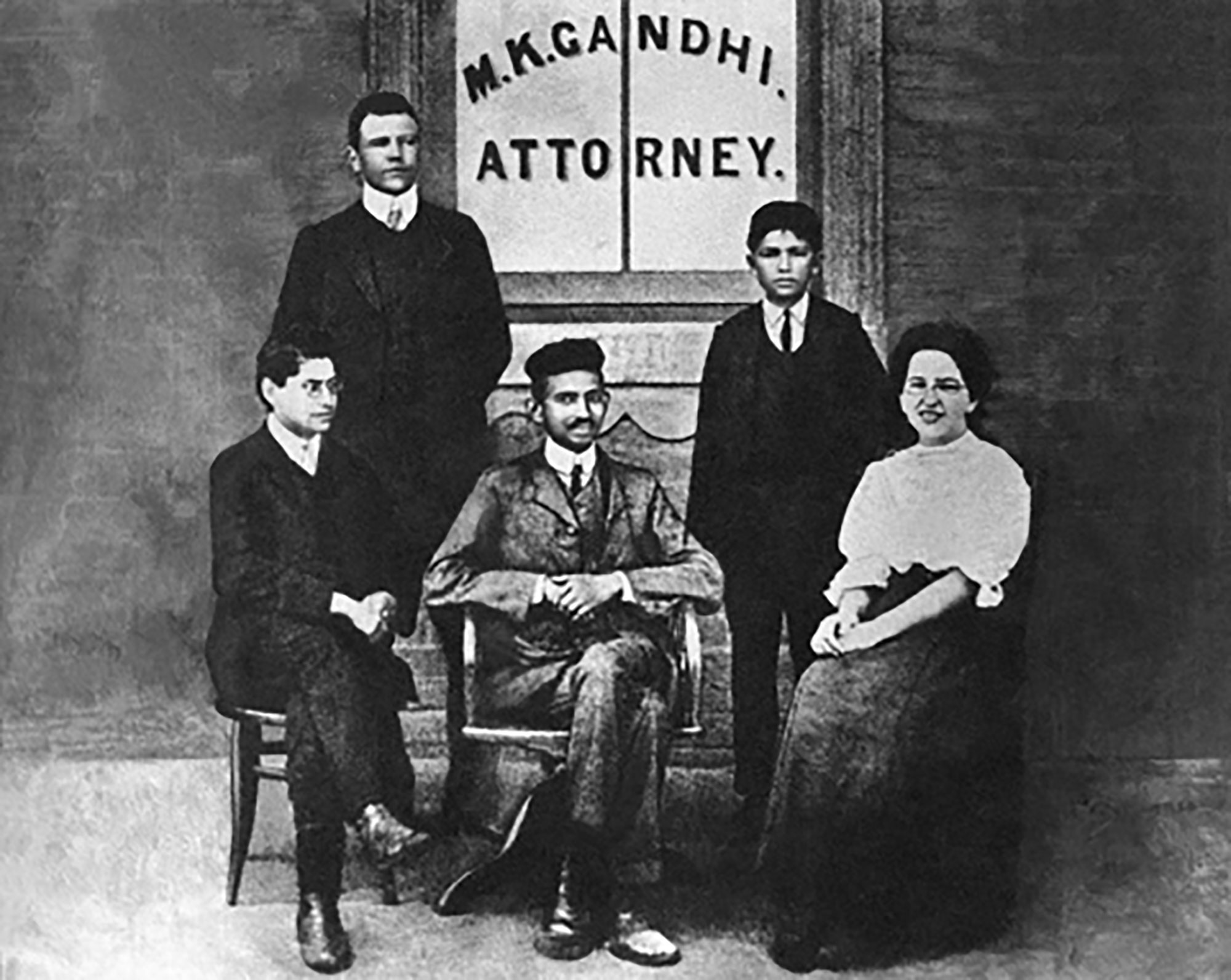The opera Satyagraha is one of a trilogy of ‘portrait’ operas by American composer Philip Glass, celebrating individuals who inspired change through the power of their ideas.
Satyagraha is a meditation on the early life and work of Mahatma Gandhi, whose campaign of non-violent protest against racism and social injustice changed the course of history in the twentieth century and his ideas still resonate today.
Born in 1869 in Gujarat, Gandhi moved to London at the age of 18 to train as a lawyer at the Inner Temple, before spending the early years of his career working in South Africa (1893-1915). The discovery of diamonds in the 1860s and later gold, had trigged an economic boom in South Africa in the second half of the 19th century, resulting in an intensification of British control over the indigenous population and a struggle for power between the British, Boers and Zulus.
By the 1890s, the roots of a segregated society that was to be formalised in the apartheid system when South Africa’s National Party came to power in 1948, were already becoming entrenched. The large Indian community that had settled in the country also faced discrimination. Gandhi witnessed numerous incidents of racial injustice – individuals ordered to remove their turban, denied the vote or forcibly ejected from buses and trains due to the colour of their skin – and experienced bullying and prejudice against himself. These experiences underpinned his determination to focus his attention on challenging the laws that governed social justice and civil rights.
Gandhi recognised the strength of galvanising individuals together towards a common goal. He promoted peaceful resistance as a tool for change, organising strikes and mass protests, and founded a weekly newspaper Indian Opinion to disseminate his ideas amongst his fellow Indians. The newspaper also provided a means of alerting the wider world to the social injustices in South Africa, spreading news about the poor conditions of Indians living in the colonies which was to shape Indian political history and influence their struggle for independence from British rule, in which Gandhi played a vital part when he returned to India in 1915.

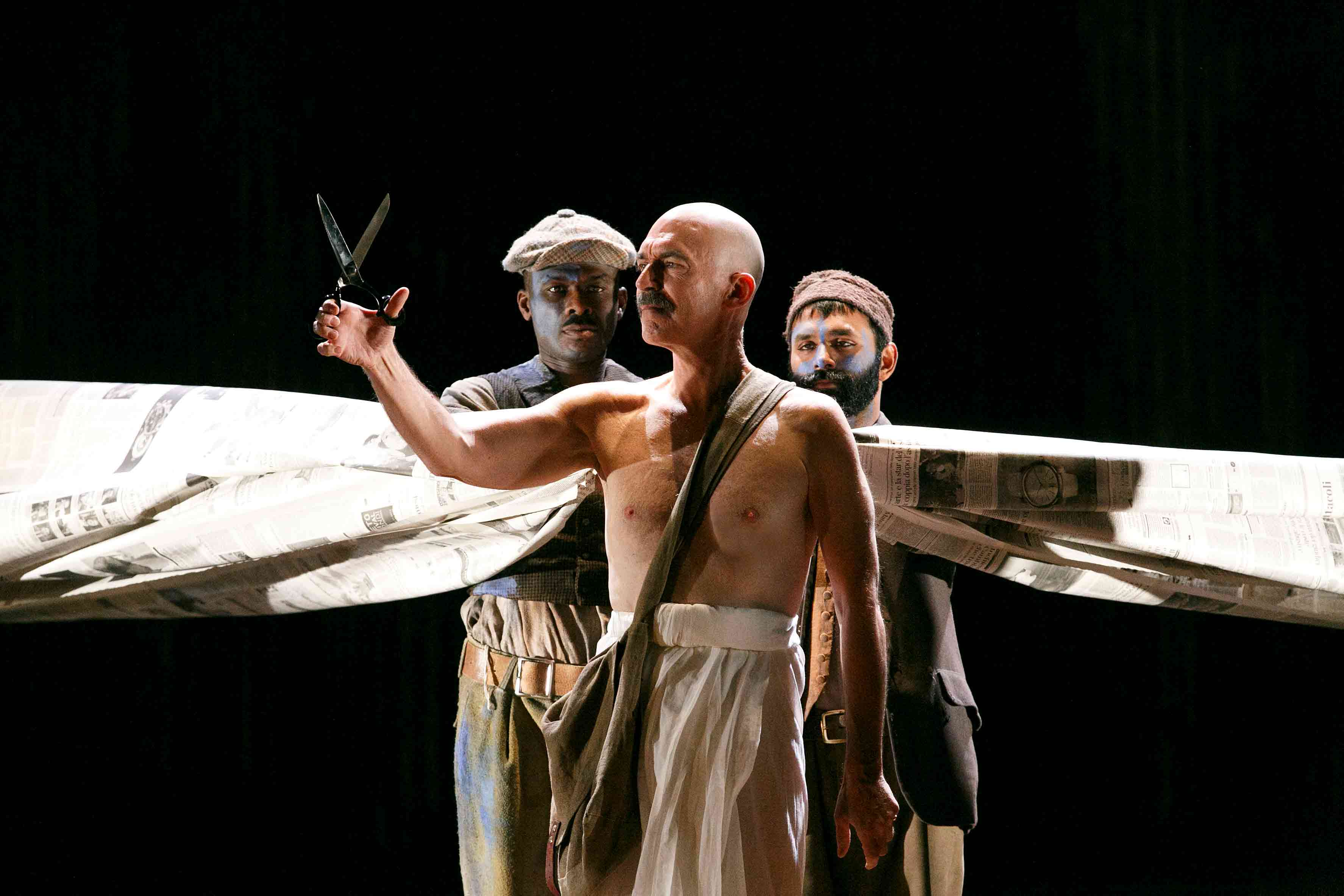
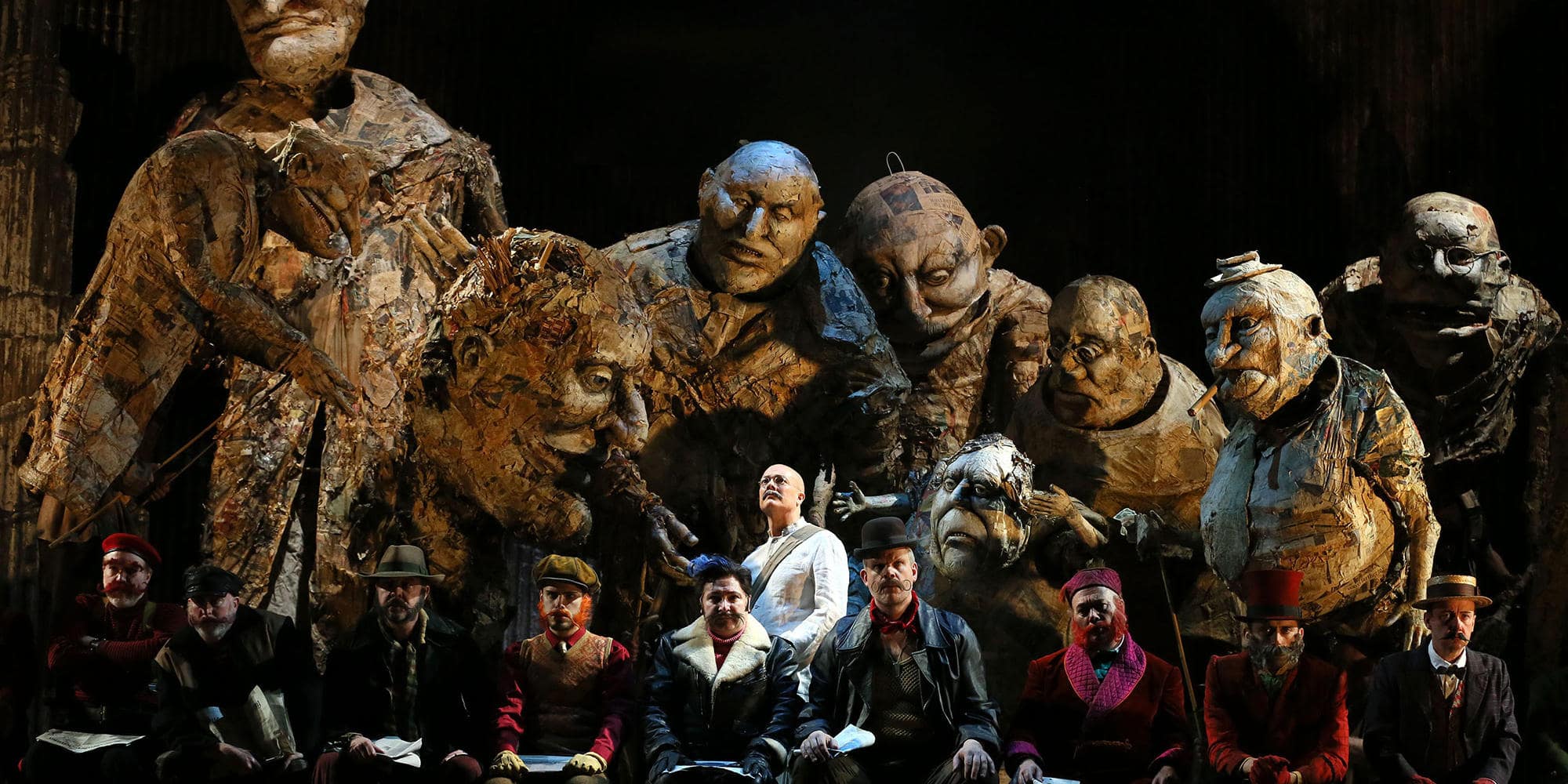

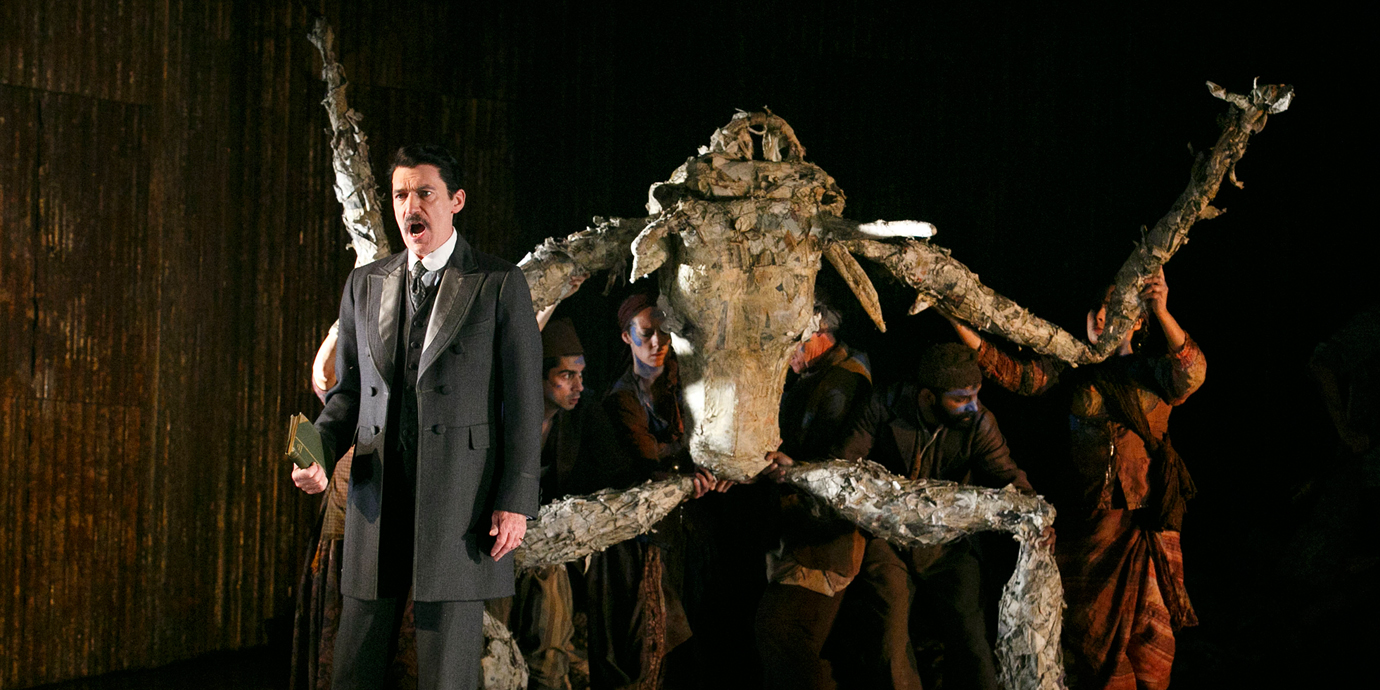
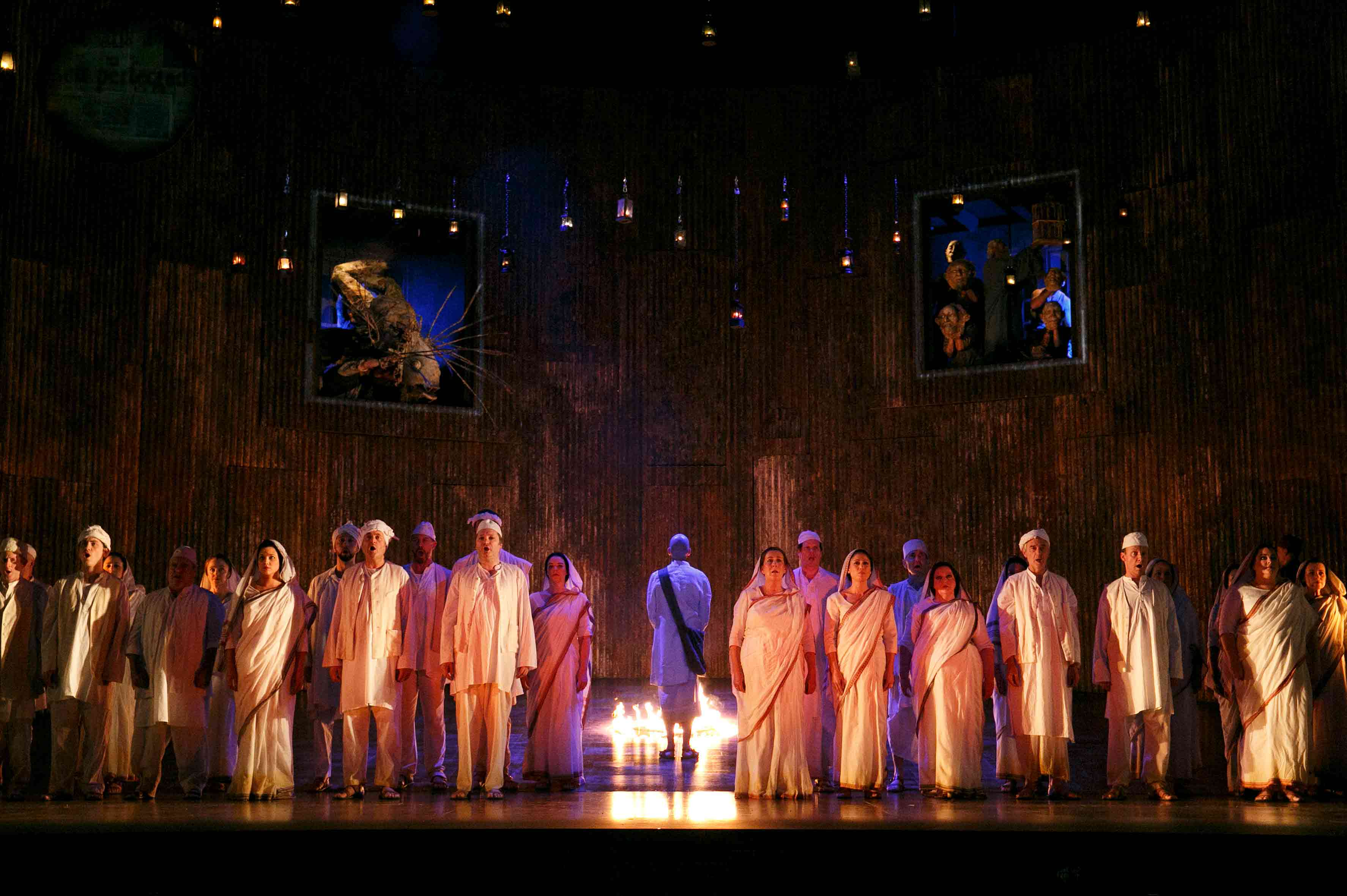
The opera is structured as a series of tableaux that depict significant moments in Gandhi’s life in South Africa from the 1890s until the eve of the First World War. The title is taken from the phrase Gandhi coined to describe his philosophy – a compound of two Sanskrit nouns, ‘satya’ meaning ‘truth’ and ‘agraha’ meaning ‘holding on’.
The libretto, assembled by the playwright Constance Dejong and composer Philip Glass, is a collage of Sanskrit texts from the sacred Hindu book the Bhagavad Gita – a meditation on how to prepare oneself for a spiritual fight – with non-linear interludes pervading the storyline of Gandhi’s actions in South Africa. Each act is named after a thinker who influenced or worked with Gandhi, or who was inspired by his actions, bringing into focus other individuals who protested against the conditions of their time.
Act 1 remembers Leo Tolstoy whose ideas about how humans could live together harmoniously in self-sustaining communes inspired Gandhi’s experimental Tolstoy Farm community in the Transvaal; Act 2 is presided over by the great Indian philosopher and poet Rabindranath Tagore who is recognised, alongside Gandhi, as the founder of modern India, though the two men respectfully challenged each other’s views regarding the future of the country after freedom from British colonial rule; Act 3 commemorates Martin Luther King whose leadership of the civil rights movement in the United States of America in the middle of the 20th century was influenced by Gandhi’s ideas.
